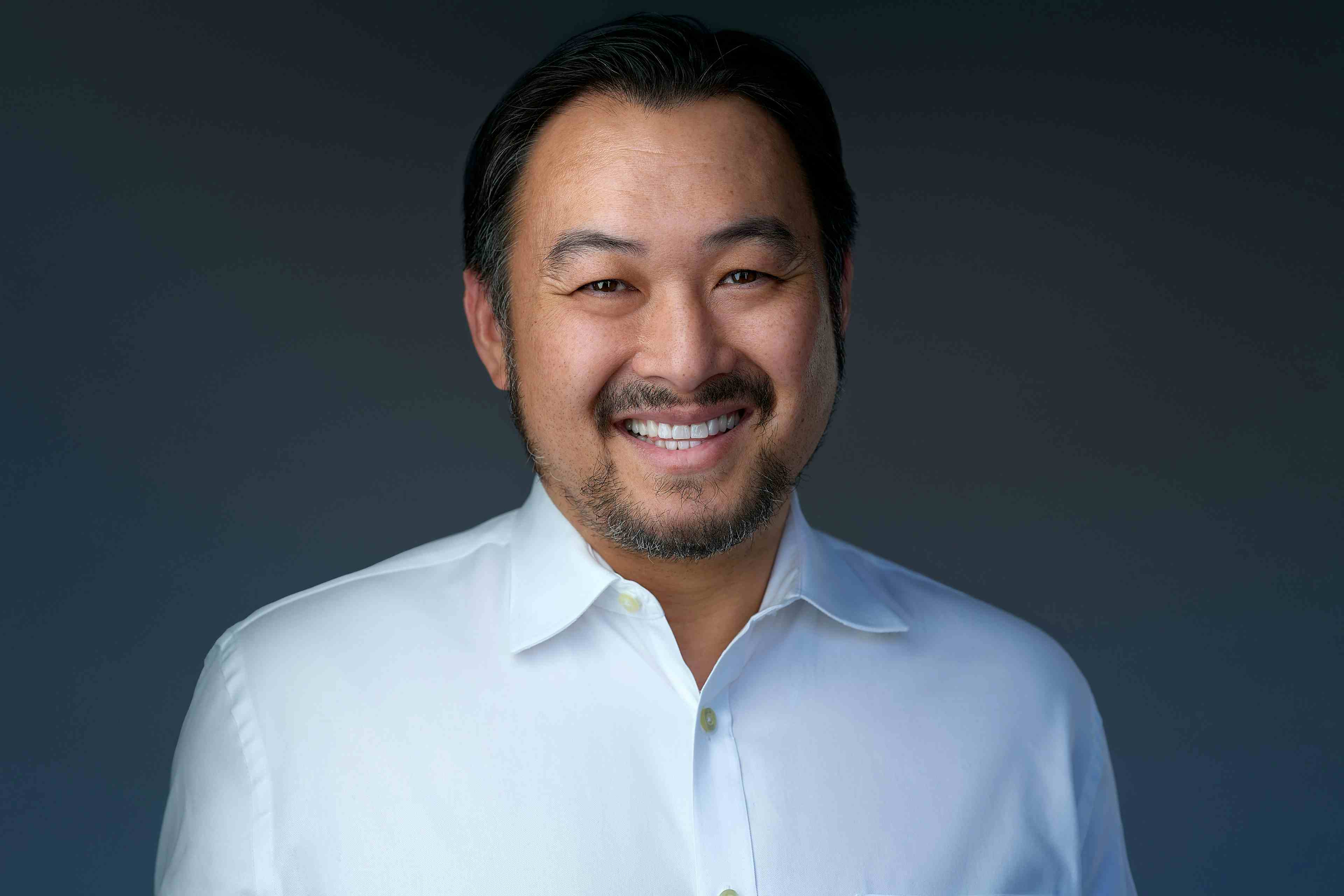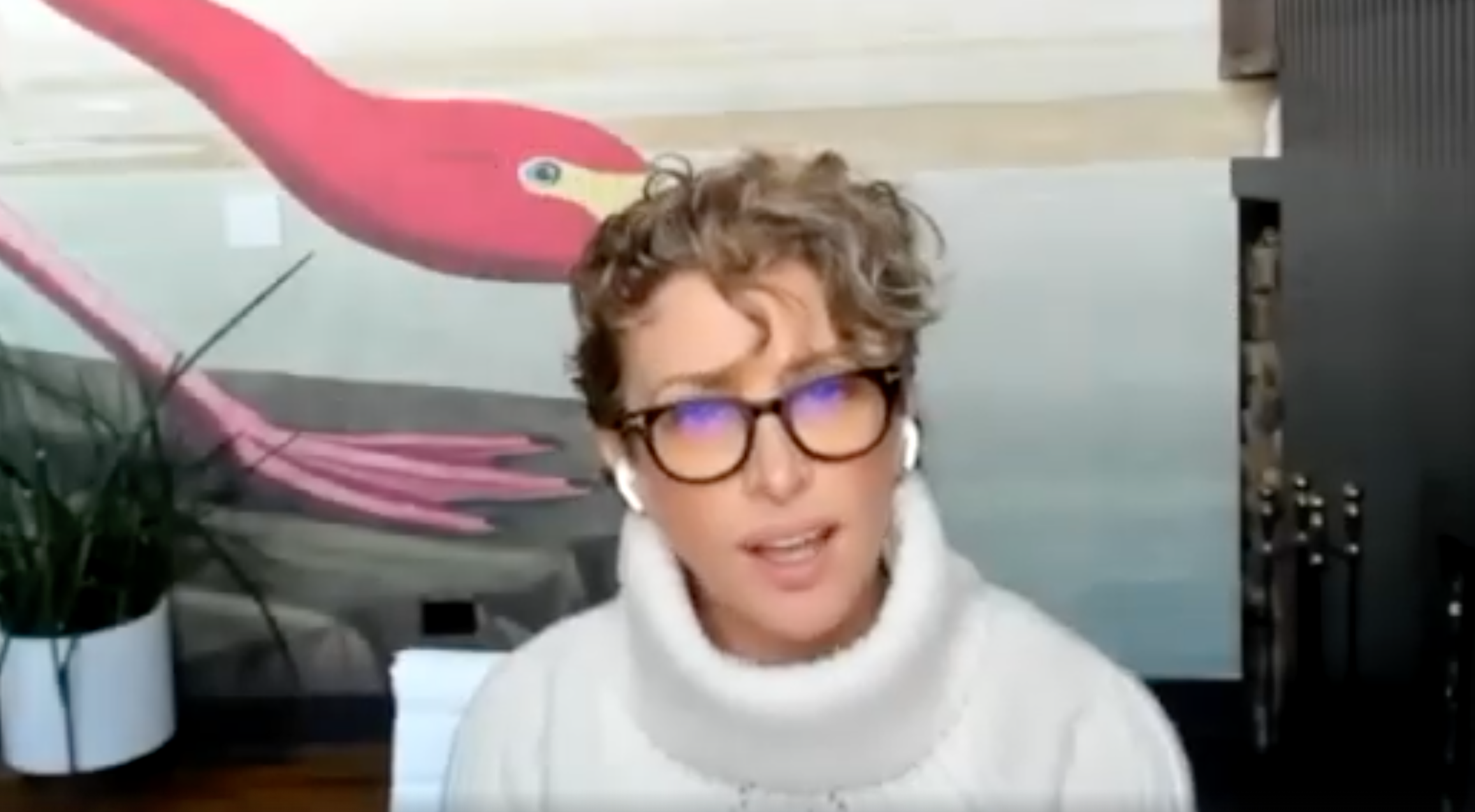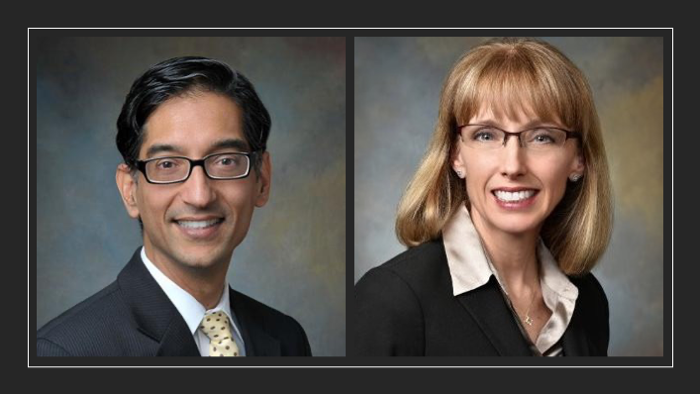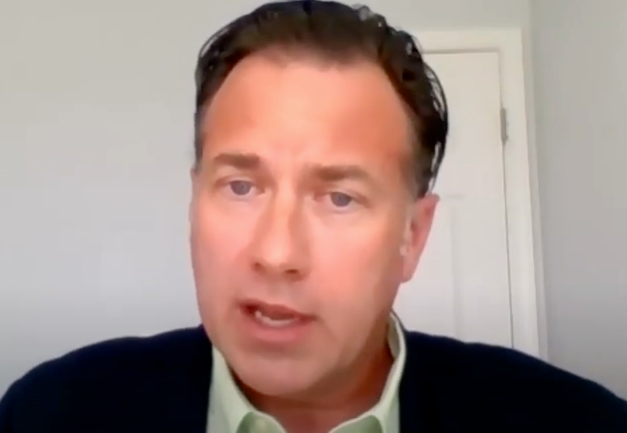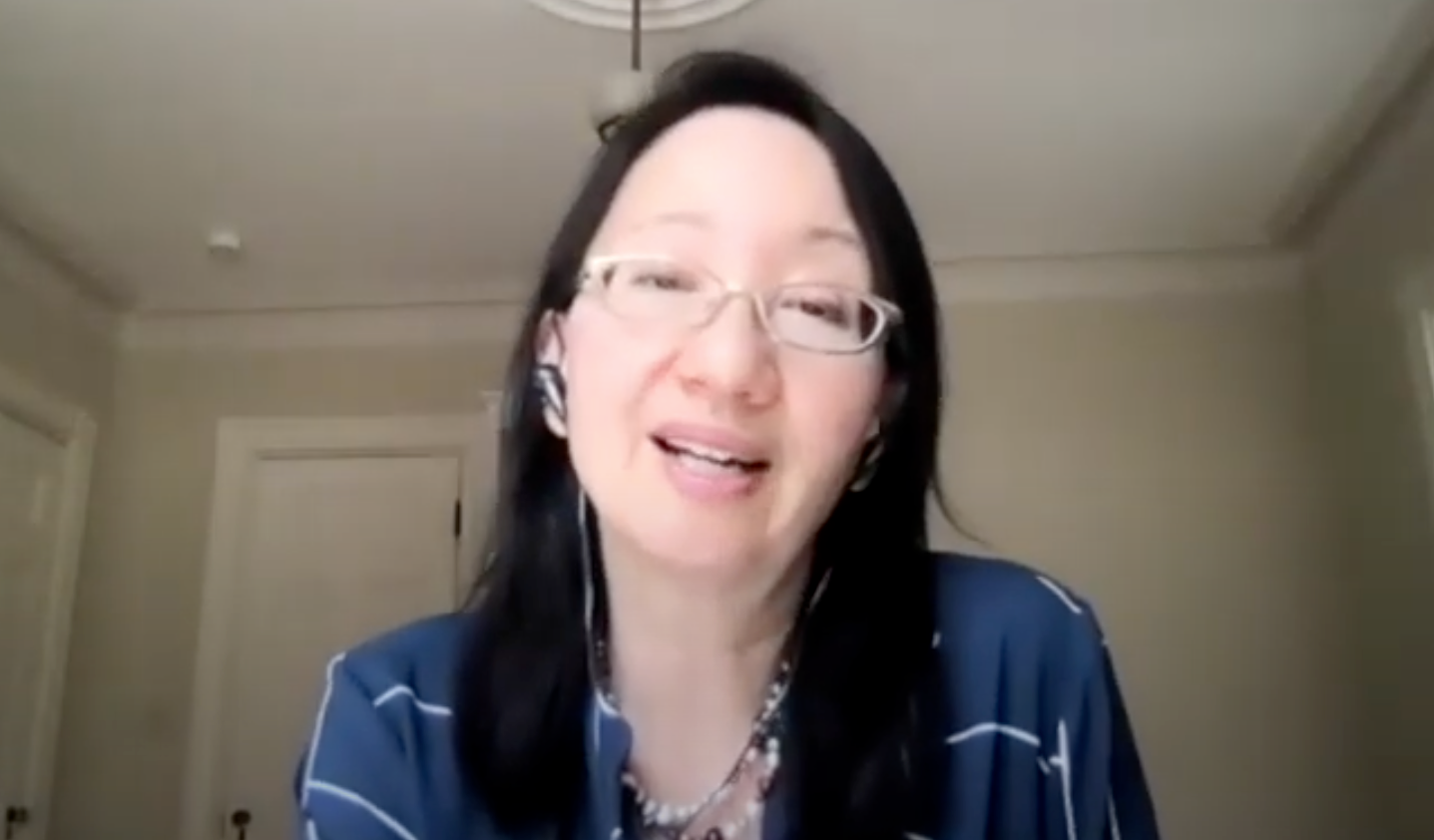Five Things to Know About the Uber and Lyft Provider Partnerships
Rideshare giants Uber and Lyft partner with providers to help get patients to their medical appointments, as well as improve the overall patient experience. Here’s five takeaways from industry watchers.
On-demand transportation giants Uber and Lyft are partnering with providers to help get patients to their medical appointments, as well as improve the overall patient experience.
Uber launched Uber Health that will offer a transportation platform for providers to schedule rides for their patients and caregivers who need help getting to and from medical appointments. The rider will not need to have the Uber app or a smartphone. Uber is said to be touting itself as a less-expensive and more reliable option than most non-emergency medical transportation.
Meanwhile, Allscripts is joining forces with Lyft, an on-demand transportation company, to incorporate non-emergency transportation directly into the clinician’s workflow.

Minton
“Today, 3.6 million Americans have transportation issues that prevent them from getting to or from a doctor’s appointment, and 25% of lower-income patients have missed or rescheduled appointments due to lack of transportation,” according to Allscripts Vice President of Solutions Management Paul Minton.
It is Lyft’s vision to cut these numbers in half by 2020 and through the Allscripts partnership this can help make it a reality according to Minton. “One of the major reasons patients miss their visits has been contributed to access to reliable transportation so this is one way that we’re addressing social determinants of health,” he says.
Leveraging a Lyft-developed application programming interface and Allscripts open platform, this functionality will be integrated into Allscripts Sunrise EHR, to enable clinicians to order the Lyft service for patients. When patients’ transportation needs are noted in Sunrise EHR, an automated workflow schedules Lyft transportation for that patient. Additionally, tracking boards will provide real-time notifications of patient pickup, estimated time of arrival, and arrival for providers and other members of the care team. iIntegration will provide reliable and easy functionality to schedule transportation for patients to ensure they do not miss critical follow-up care, according to Minton.

Reid
“Uber, Lyft and other companies providing transportation to hospitals etc. are attempting to grow their customer base, appealing to an audience that may not have adopted their service to date,” says David Reid, CEO and co-founder of EaseCentral, an online benefits enrollment platform built for insurance brokers and employers. “As far as trends go, location has always been a factor in decision making around hospital visits. For the hospital, this becomes a patient acquisition strategy. The price of this type of transportation has also dropped due to Uber and Lyft-versus cabs-making the unit economics of this service more profitable.”
For healthcare executives, it can be risky to apply new technology to their healthcare ecosystem, according to Chris Seib, chief technology officer and co-founder of InstaMed, a payments network that connects providers, payers, and consumers on one platform. “However, the opportunities presented by new technology will be crucial to ensure the future stability and success of healthcare organizations,” he says. “We’re seeing this play out in healthcare payments where providers who implement technology to streamline their processes and improve the payment experience are experiencing reduced days in A/R and improved patient satisfaction.”
At a high level, Lyft and Uber offer people cheaper, convenient rides to where they need to go, according to Manish Shah, CEO and co-founder of PeerWell, an app that guides people through surgery preparation and rehabilitation that delivers customized daily lessons to those with scheduled surgery.

Seib
“Often, patients do not have consistent transportation to medical appointments,” says Shah. “This can lead to gaps in care that increase patient health expenses. Here, Lyft and Uber are offering their platforms to help patients get the rides they need. We've partnered with Lyft to help get surgical patients to their appointments. Patient expectations are not based on the antiquated systems used to manage their care. Patient expectations are set by the services they use in their daily lives-like Facebook, Yelp, Lyft, and Uber. Reducing the transportation logistics burden and getting patients to appointments in a convenient way is one of the rare ways healthcare leaders can execute on the quadruple aim.”
However, according to a study published in JAMA Internal Medicine, ridesharing may not be the easy solution to reducing missed primary care appointments. “Offering a rideshare-based transportation service may not decrease missed primary care appointments; targeting populations with specific transportation needs or delivering rideshare services in alternative ways warrants further testing,” the authors wrote.
However, Seib believes that Uber and Lyft are doing more than just getting patients to their appointments.
“These tech companies are partnering with providers to make the healthcare experience better for everyone,” Seib says. “This is a great example of how healthcare is leveraging proven technology to tackle common industry issues. When this happens, it’s a win-win for both providers and patients as inefficient processes are streamlined while also improving the patient experience. We’ll see more examples of this synergy happening, where healthcare and technology unite, as the industry looks for new ways to reduce overhead and engage patients.”
Next: Full-service providers
Full-service providers
The trend toward full-service providers is an interesting one, according to Reid. Reid points to Mount Sinai MyChart, which sends reminders to patients about upcoming appointments and enables patients to communicate directly with their doctor.
“We'll see providers continue to offer more services to drive new business, without question. Technology is an affordable way to do this as patients move other aspects of their lives online,” Reid says.

Shah
Shah shares a similar viewpoint: “There is no doubt that we will continue to see the patient demand that healthcare keep up with the services they can access outside of a care setting,” he says.
From what Seib has experienced when it comes to healthcare payments, providers are demanding new ways to streamline their processes and improve the patient experience. “Consumer-driven technology holds great promise for the industry in achieving these dual goals. When more connections are made like this, the industry has the opportunity to really transform how the business of healthcare is done,” he says.
Here are five takeaways from the Uber and Lyft moves:
- There are still many inefficiencies in healthcare, ripe for disruption. “These present a huge revenue opportunity, which is why companies like Uber and Amazon have their sights set on healthcare,” Reid says.
- Reframe your discussions away from patient compliance and toward patient success. “Adopting technology that improves the patient's ability to succeed in an episode of care benefits everyone,” says Shah.
- The industry has a long way to go to improve the patient experience. The partnerships with Lyft and Uber are just scratching the surface of what patients need in the industry, according to Seib. “The typical patient experience is filled with frustration “In fact, the data is telling us that patient satisfaction falls significantly after discharge and through the billing process. Compared to the billing experience with Lyft or Uber, it’s pretty clear that change in healthcare payments is needed right now.”
- Technology is your friend and it’s certainly your patients’ friend. “As more tech companies move into healthcare, it’s imperative to embrace this change not just because your patients are asking for it- although that is a pretty good reason-but technology makes sense for your organization, as well,” says Seib. “Yes, patients will be more likely to engage with your organization. However, technology is built to remove the frustration and costly processes for organizations as well.”
- Change is hard and it can be an investment to leverage new technology, but the consequences for not embracing new technology will cost significantly more. “Patients are viewing healthcare organizations with a more critical eye than ever before,” Seib says. “Providers who do not make a change will face increasing attrition and diminishing brand loyalty. Those who do leverage technology for a better patient experience will find their organization thriving for years to come.”
In the Scope of Virtual Health and the Future of “Website” Manner, Per Ateev Mehrotra
August 10th 2023Briana Contreras, an editor of Managed Healthcare Executive, had the pleasure of catching up with MHE Editorial Advisory Board Member, Ateev Mehrotra, MD, MPH, who is a professor of healthcare policy at Harvard Medical School and an Associate Professor of Medicine and Hospitalist at Beth Israel Deaconess Medical Center.
Listen
Extending the Capabilities of the EHR Through Automation
August 2nd 2023Welcome back to another episode of "Tuning In to the C-Suite," where Briana Contreras, an editor of Managed Healthcare Executive, had the pleasure of chatting with Cindy Gaines, chief clinical transformation officer at Lumeon.
Listen






